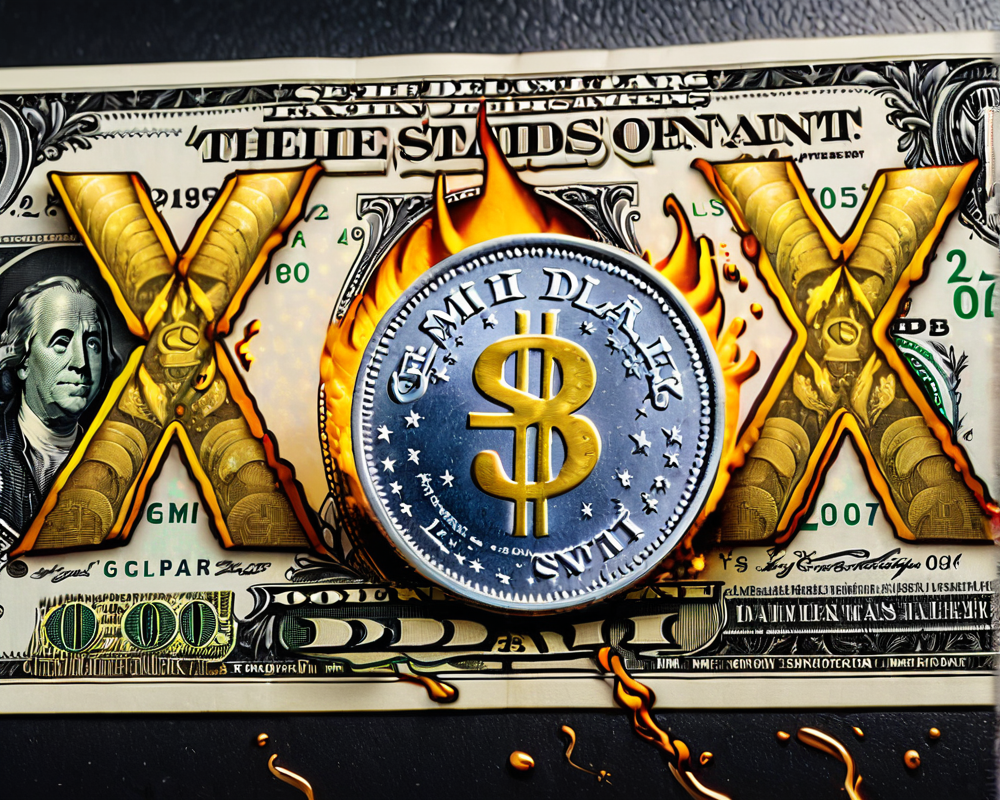What Happened to GUSD?
On December 3rd, cryptocurrency exchange Gemini decided to shake things up by burning approximately 20% of its Gemini Dollar (GUSD) supply—1,035,020 tokens to be precise. Whale Alert, the eagle-eyed Twitter account tracking hefty crypto movements, was the first to blow the whistle on this significant transaction. After this burn, there’s now just over 4.1 million GUSD floating around, leaving investors to ponder what might be driving Gemini’s drastic measures.
The GUSD Rollercoaster Ride
Since its debut in late September of last year, GUSD has had a more tumultuous journey than a toddler in a shopping cart. Although it managed to secure a green light from the New York Department of Financial Services, which is no small feat, it hasn’t quite launched into the crypto stratosphere as anticipated. In short, the dollars backing GUSD are supposedly kept safe in a U.S. bank, complete with the all-important FDIC insurance. Still, that wasn’t enough to sustain the hype.
Trading Volume: A Tale of Dramatic Decline
On the fateful day of the burn, GUSD reported trading volume of only $3.3 million—a stark contrast to the sky-high $249.4 million recorded back on February 20, 2019. It’s almost like watching a blockbuster movie flop at the box office; initial excitement has seemingly fizzled out. What was once the darling of stablecoins is now feeling the pinch of poor performance.
Community Response: The Burn and the Buzz
When news of the burn emerged, the crypto community couldn’t help but react. Frank Chaparro, news director at The Block, made a rather candid observation on Twitter, calling GUSD “one of the biggest crypto failures of 2019.” Ouch! It seems not even the Twitterati can find a silver lining in this cloud.
The Bigger Picture: Regulatory Scrutiny on Stablecoins
The GUSD situation highlights a growing trend—regulatory concerns surrounding stablecoins are intensifying. Recently, Bank of Japan Governor Haruhiko Kuroda expressed skepticism regarding global stablecoins, stressing the importance of resolving legal and oversight issues before allowing them to operate. In a way, the GUSD saga serves as a warning: with great power (or financial innovation) comes great responsibility (and regulatory scrutiny).




